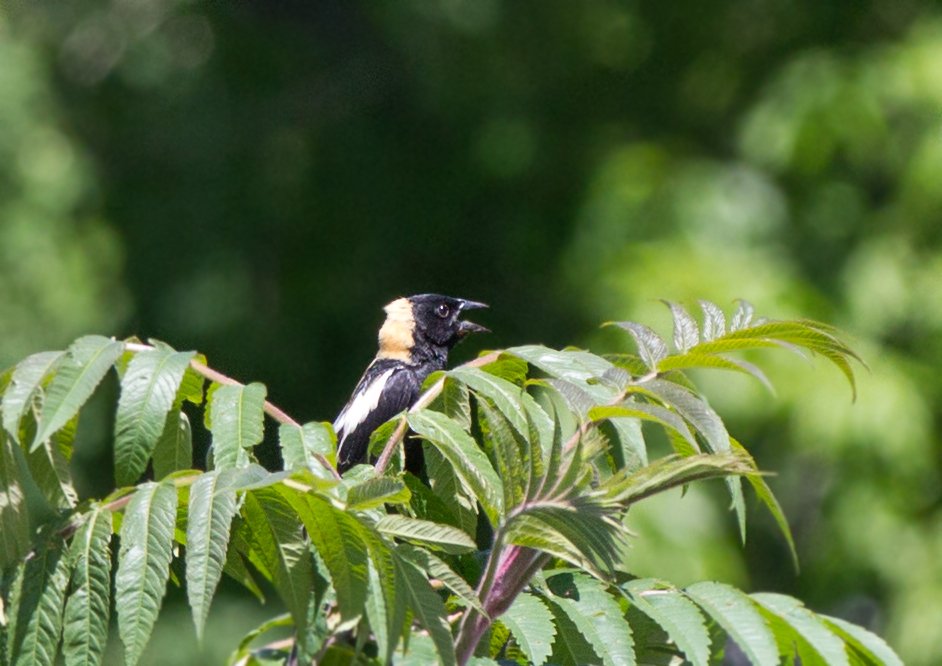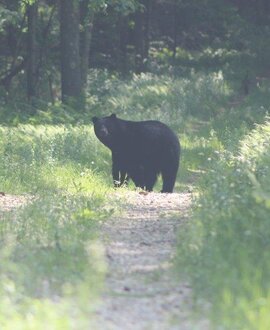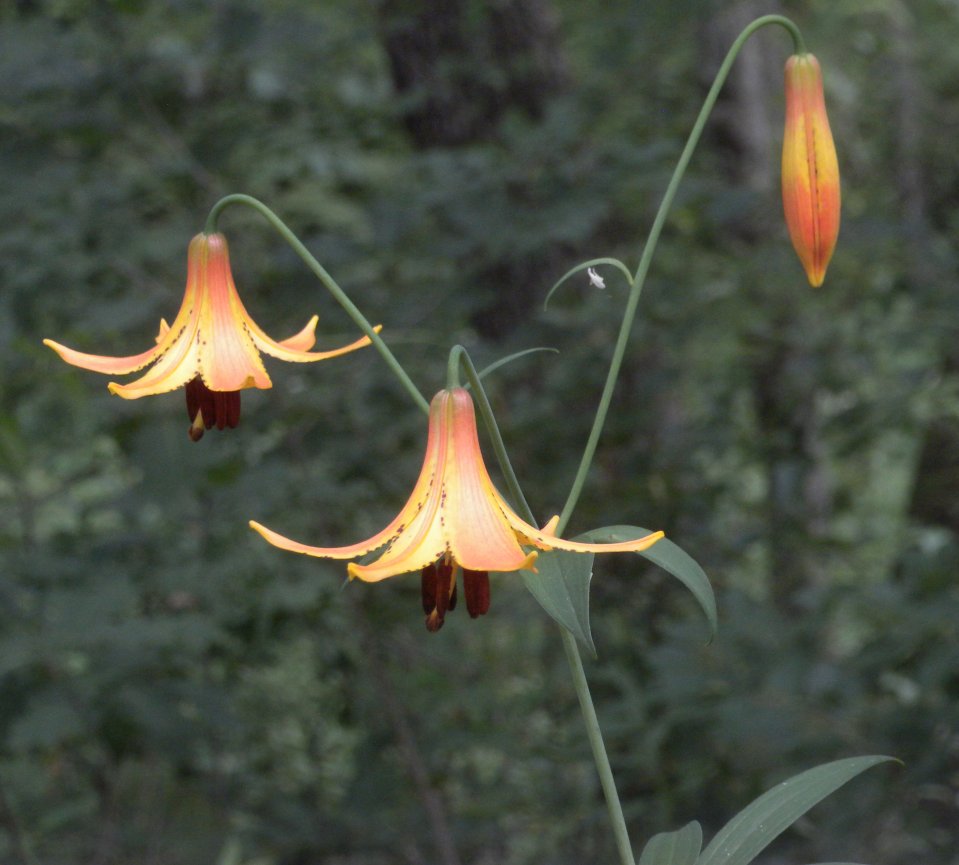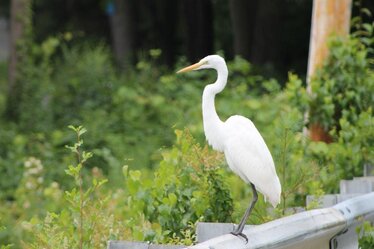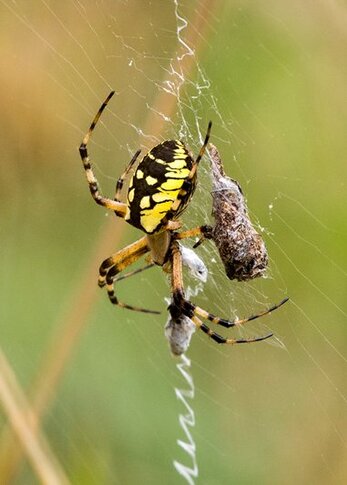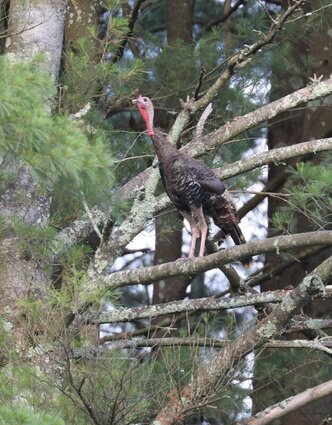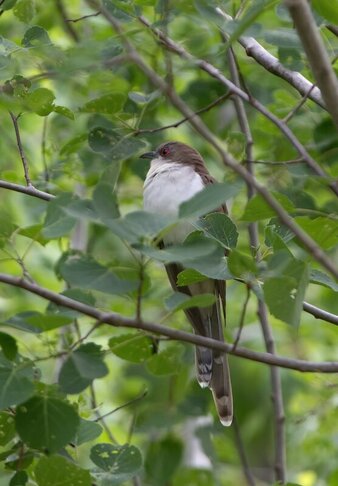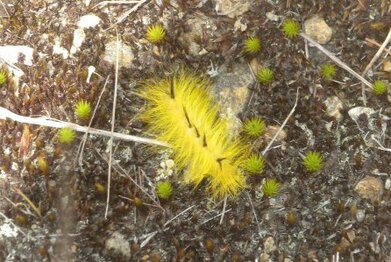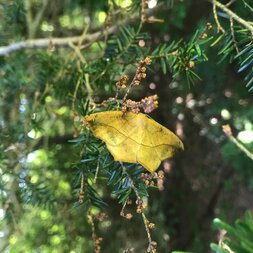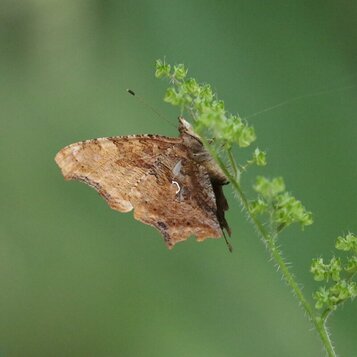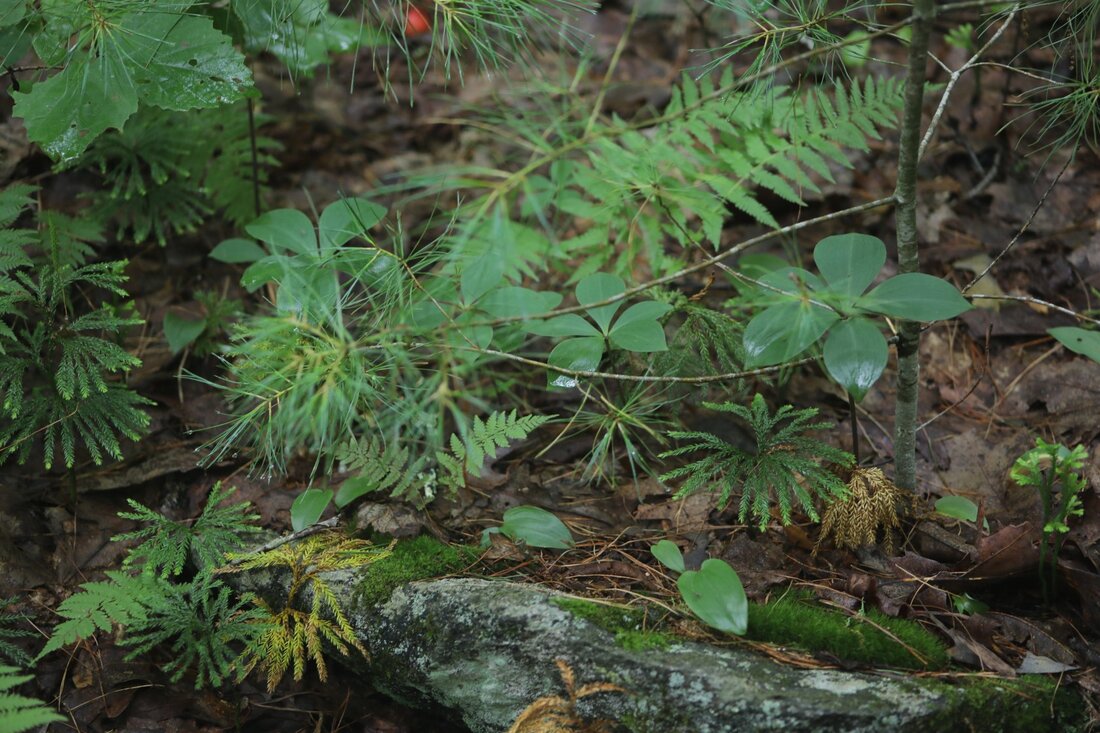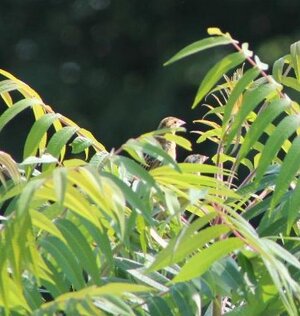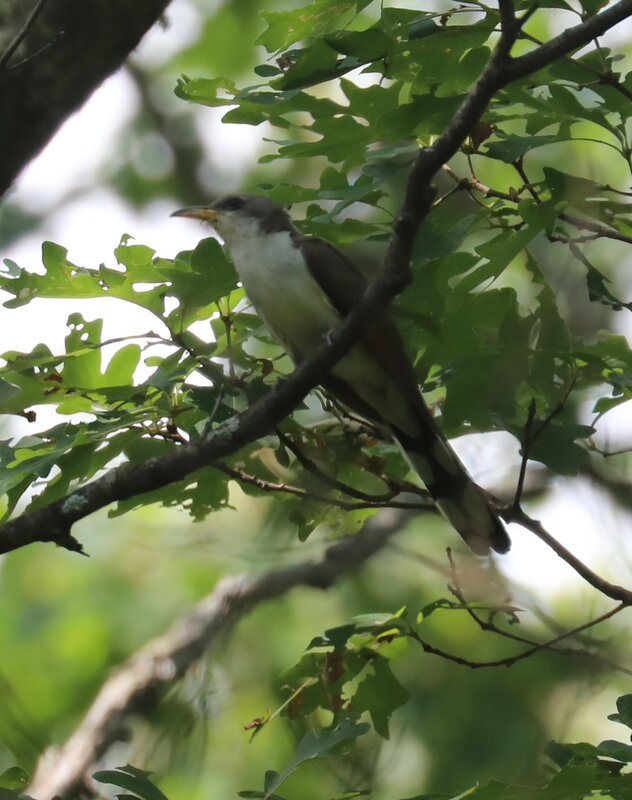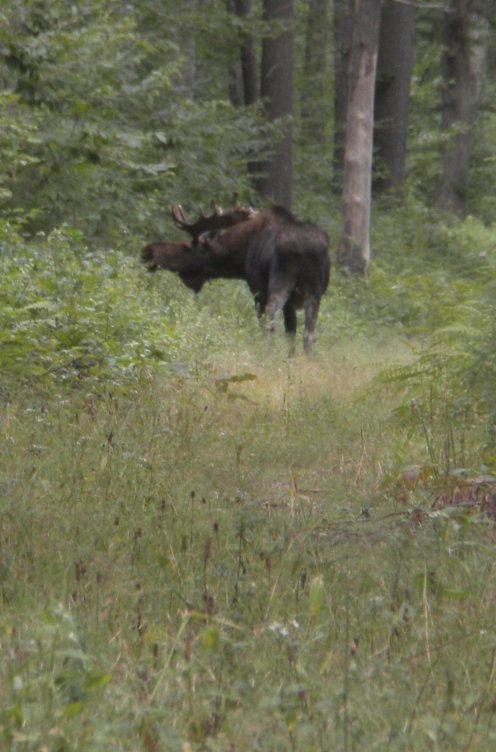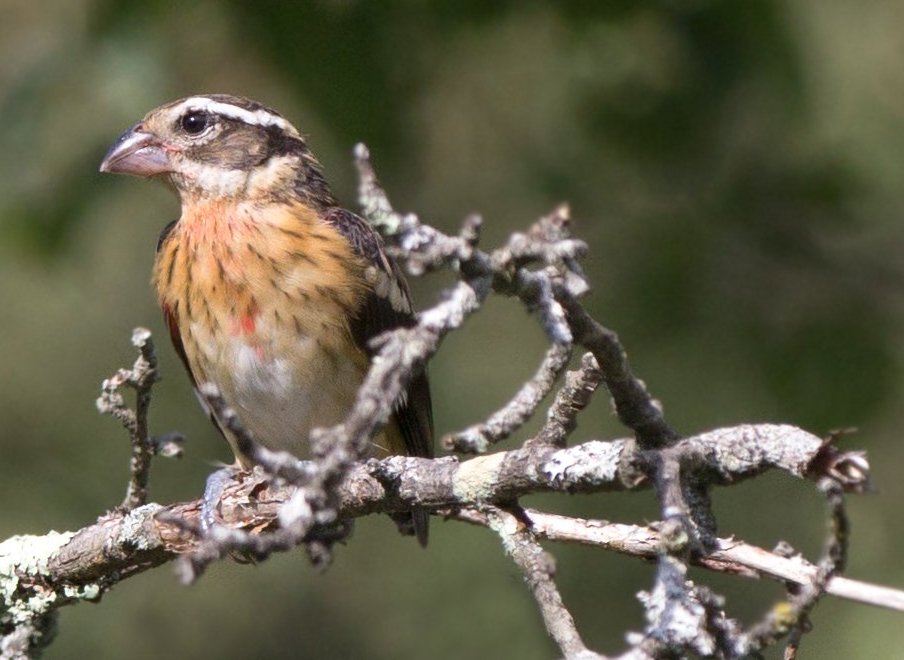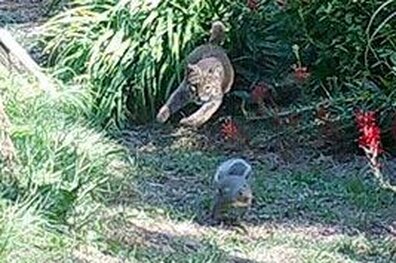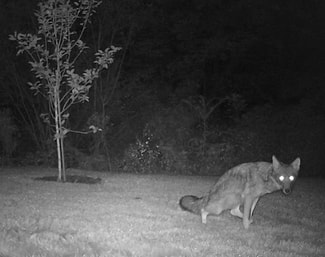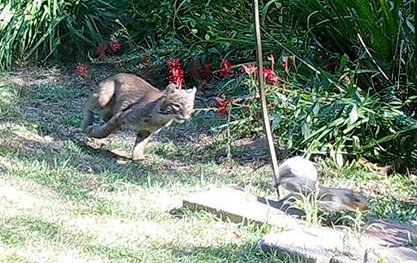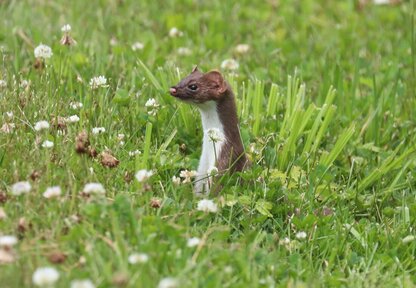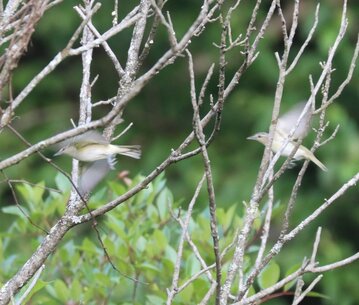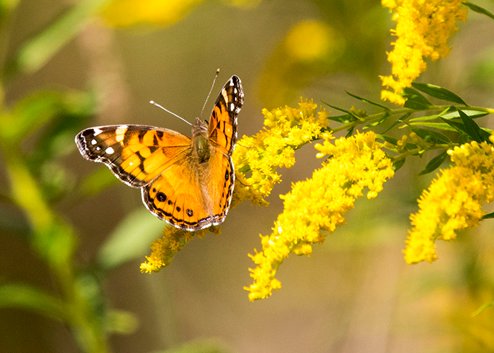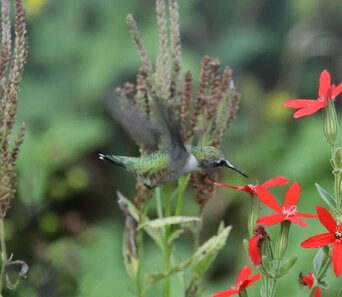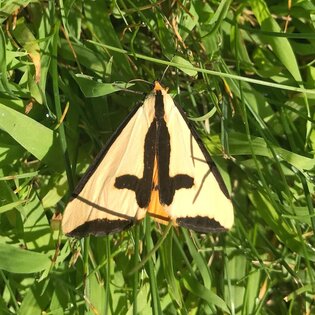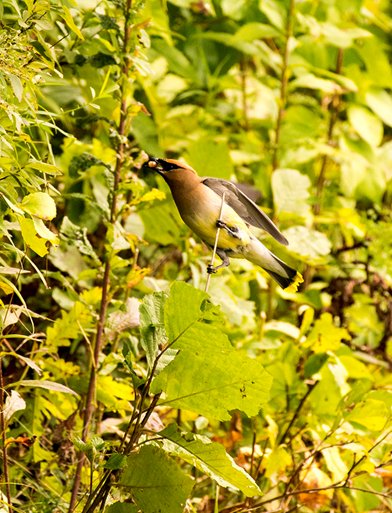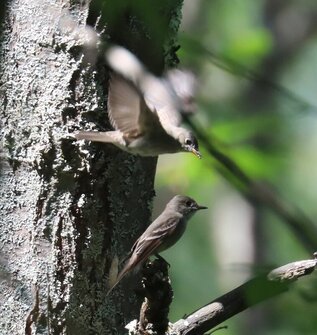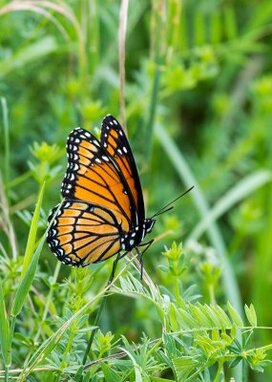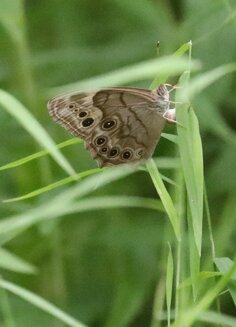Central Massachusetts naturalists are far from lazy when summer arrives! Club members have been busy monitoring grassland birds, tracking down Lepidoptera species, watching and counting birds, setting up backyard wildlife cameras, hiking in our wonderful protected open spaces, photographing flora and fauna. . . in general, putting a lot of time and effort into enjoying and appreciating our local natural history.
Bill Platenik of Brimfield sent us the two images below that were captured by the wildlife camera in his yard on 29 August at 4:42 p.m.
The fate of the gray squirrel is unknown.
The fate of the gray squirrel is unknown.
MORE WINGS!
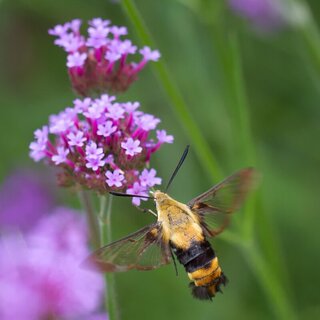 Snowberry Clearwing moth (Hemaris diffinis) on Verbena bonariensis, a non-native tropical plant of South America which is annual in our region. The flower is a strong butterfly attractant and wonderful to have in the home garden, but it may re-seed vigorously, so try to keep this non-native under control if you decide to grow it. This was a "good" year for our hummingbird moth species. Photo by Anne Greene in Rutland. | | |
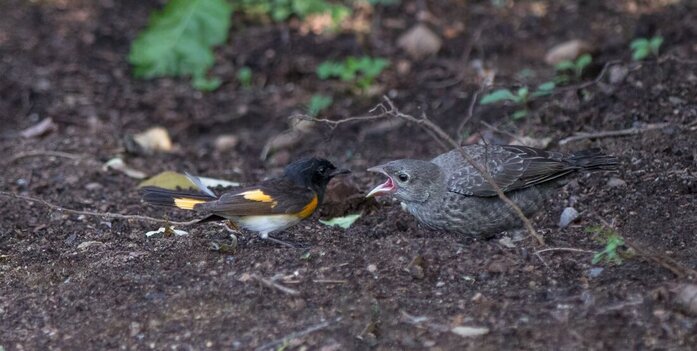
Rather disconcerting is this excellent photograph by Anne Greene portraying the result of brood parasitism by a Brown-headed Cowbird ( Molothrus ater). As Cornell's allaboutbirds,org website explains, "Female cowbirds forgo building nests and instead put all their energy into producing eggs, sometimes more than three dozen a summer. These they lay in the nests of other birds, abandoning their young to foster parents, usually at the expense of at least some of the host’s own chicks." Despite our distaste for this survival strategy, we have noticed that, in our region, cowbirds select the nests of some of our most abundant species in which to lay their eggs. The population of American Redstart (Setophaga ruticilla)--the adult male is seen here--is fairly stable world-wide, so this incident of parasitism can be put in perspective. Warbler losses due to man-made hazards and causes are much more of threat.
